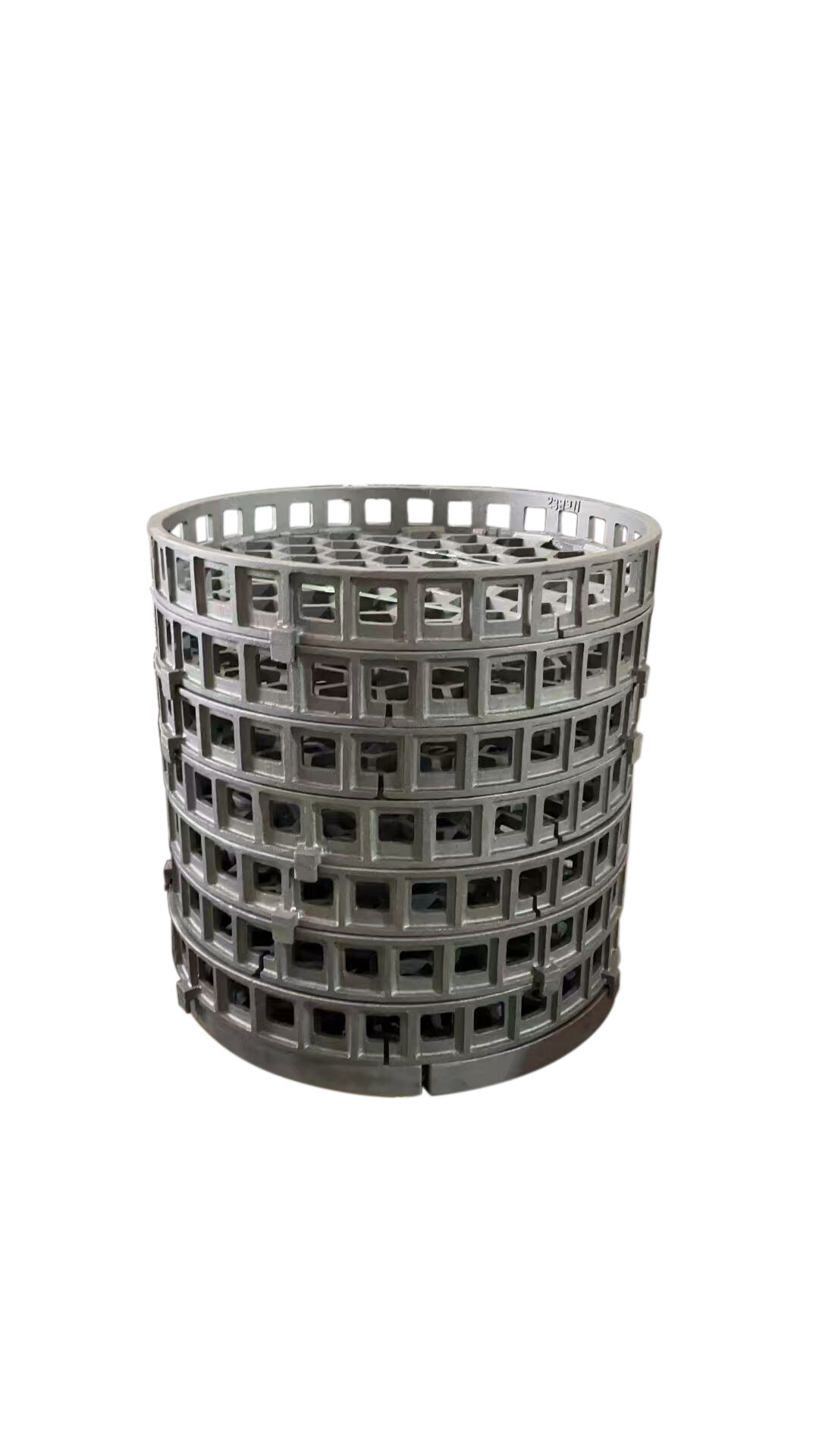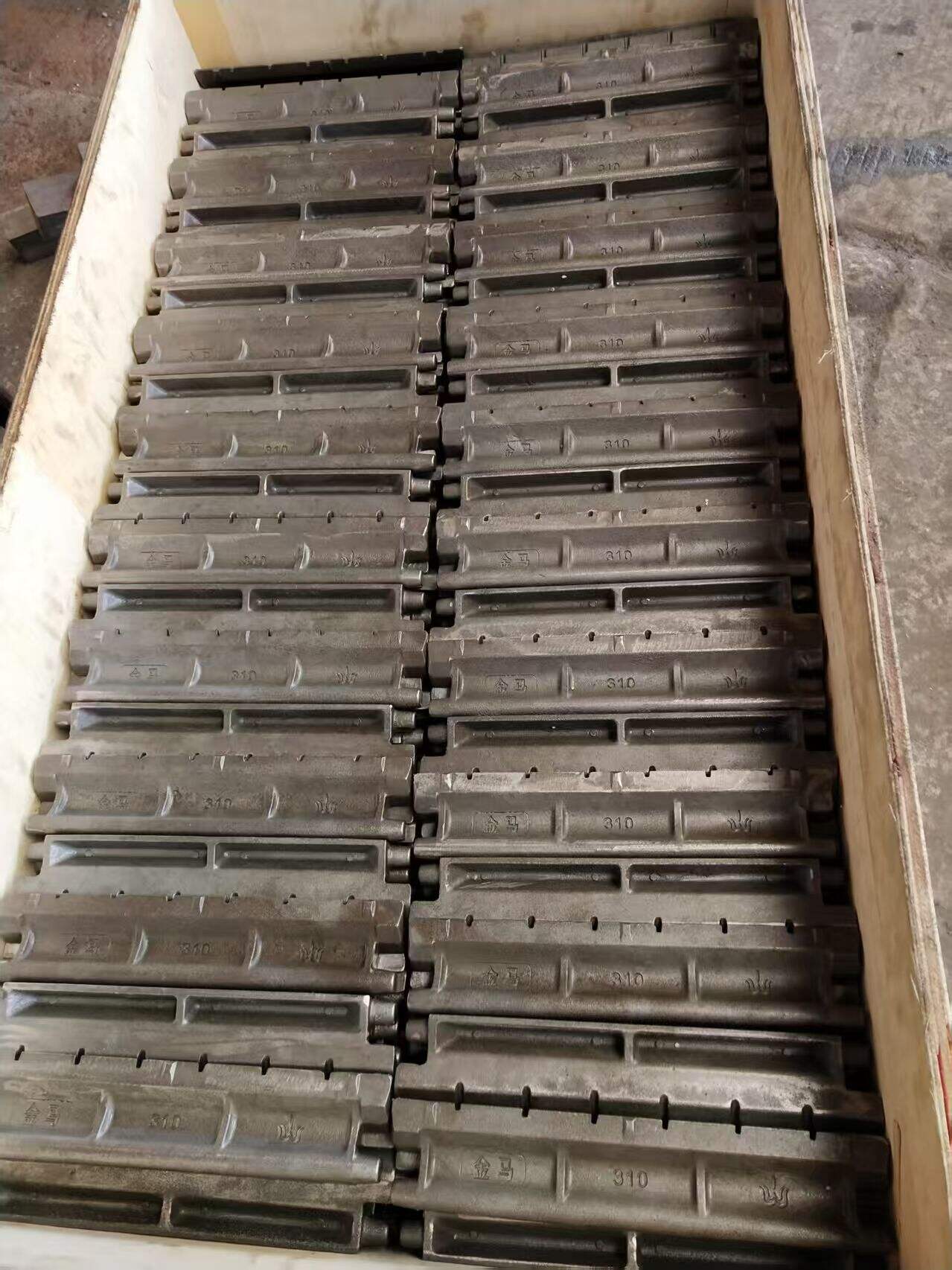lost foam sand casting
Lost foam sand casting is an innovative metal casting process that revolutionizes traditional manufacturing methods. This technique involves creating a foam pattern that perfectly replicates the desired final product. The pattern is coated with a refractory material and embedded in unbonded sand. When molten metal is poured into the mold, it vaporizes the foam pattern, taking its exact shape to create the casting. This process allows for exceptional dimensional accuracy and the production of complex geometries that would be difficult or impossible to achieve with conventional casting methods. The technology enables the creation of intricate internal passages and complex shapes without the need for cores or parting lines. Lost foam sand casting is particularly valuable in automotive, aerospace, and industrial equipment manufacturing, where it's used to produce engine blocks, cylinder heads, pump housings, and other complex components. The process offers remarkable design freedom, allowing engineers to optimize part designs for performance rather than manufacturability constraints. Additionally, the process is environmentally friendly as it eliminates the need for binders in the sand and reduces waste material.


